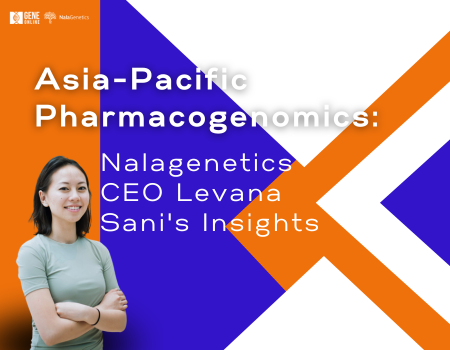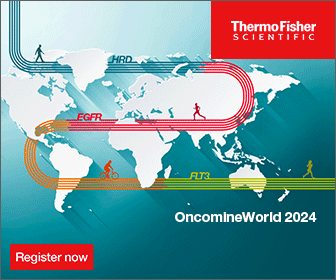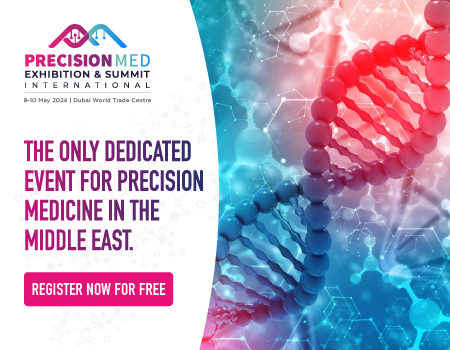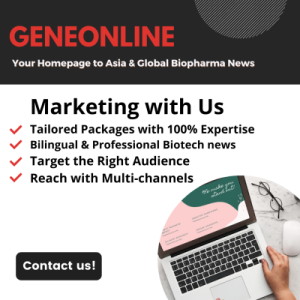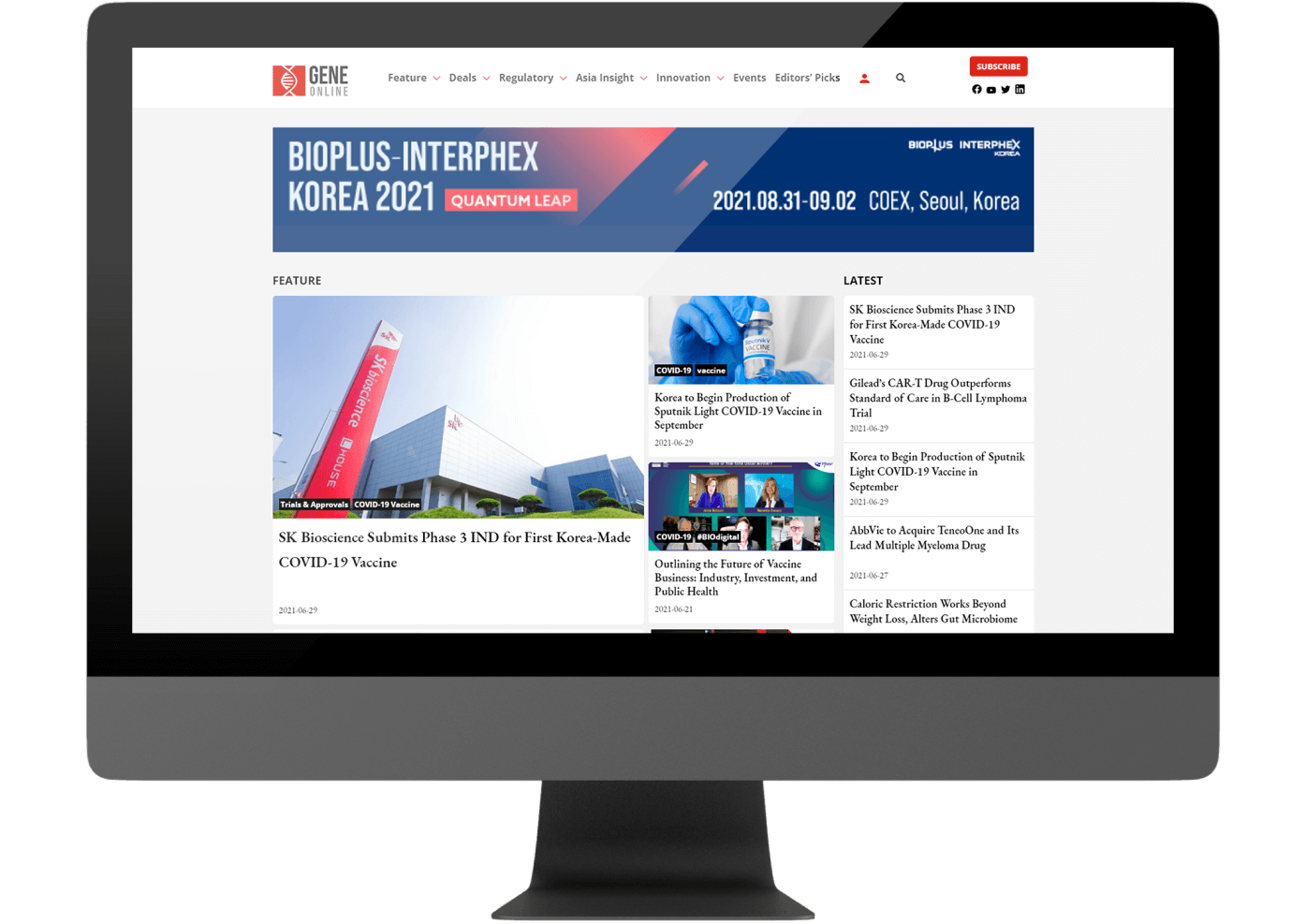FDA Issues Guidances Supporting Development of Gene Therapy Products
By Yulia Abushinova
A recently published report from Allied Market Research estimates that the rapidly progressing field of gene therapy could reach a market size of $6,205.85 million by 2026. Last Tuesday, the FDA issued 6 meaningful guidances to enhance new product development and ensure they are within the standards for safety and effectiveness. The policies are drafted keeping in mind the increasing number of IND applications the agency has received for ongoing clinical studies (more than 900) and preserve its motto of supporting innovations.
The guidances provide valuable information for product developers and manufacturers. It contains recommendations and instructions on how to provide sufficient Chemistry, Manufacturing, and Control (CMC) information in their INDs to assure product safety, identity, quality, purity, and strength of their product.
Also, separate disease-specific guidances were issued for sponsors developing human gene therapy products for the treatment of hemophilia, retinal disorders and rare diseases in adult and/or pediatric patients. It contained information regarding the manufacturing, preclinical, clinical testing and clinical trial design for such products. These guidances finalize the draft guidance of the same title dated July 2018.
In its document titled “Interpreting Sameness of Gene Therapy Products under the Orphan Drug Regulations (ODD)”, the FDA proposed how it interprets the sameness between gene therapy products for the purposes of obtaining ODD and exclusivity. A human gene therapy product may qualify for ODD if it is intended for the treatment of a rare disease and the sponsor provides sufficient scientific evidence for its effectiveness. If two gene therapy products express the same transgene or have used the same vector, determining whether they are identical may also depend on additional features of the final product that can contribute to the therapeutic effect. These additional features may include regulatory elements, or for genetically modified cells, the cell type that is transduced.
There are 4 main types of viral vectors used for gene therapy: adenoviruses, adeno-associated viruses (AAVs), retroviruses, and lentiviruses. The potential pathogenicity of replication competent retrovirus (RCR) requires rigorous testing to exclude it from vector-based human gene therapy products. Hence, the FDA has provided special guidelines such as testing for RCR and follow-up monitoring of patients for the manufacturers who develop such products.
“As the regulators of these novel therapies, we know that the framework we construct for product development and review will set the stage for continued advancement of this cutting-edge field and further enable innovators to safely develop effective therapies for many diseases with unmet medical needs,” said Peter Marks, M.D., Ph.D., director of the FDA’s Center for Biologics Evaluation and Research. “Scientific development in this area is fast-paced, complex, and poses many unique questions during a product review; including how these products work, how to administer them safely, and whether they will continue to achieve a therapeutic effect in the body without causing adverse side effects over a long period of time.”
References
- https://www.fda.gov/news-events/press-announcements/fda-continues-strong-support-innovation-development-gene-therapy-products
- https://www.alliedmarketresearch.com/gene-therapy-market
©www.geneonline.com All rights reserved. Collaborate with us: service@geneonlineasia.com



